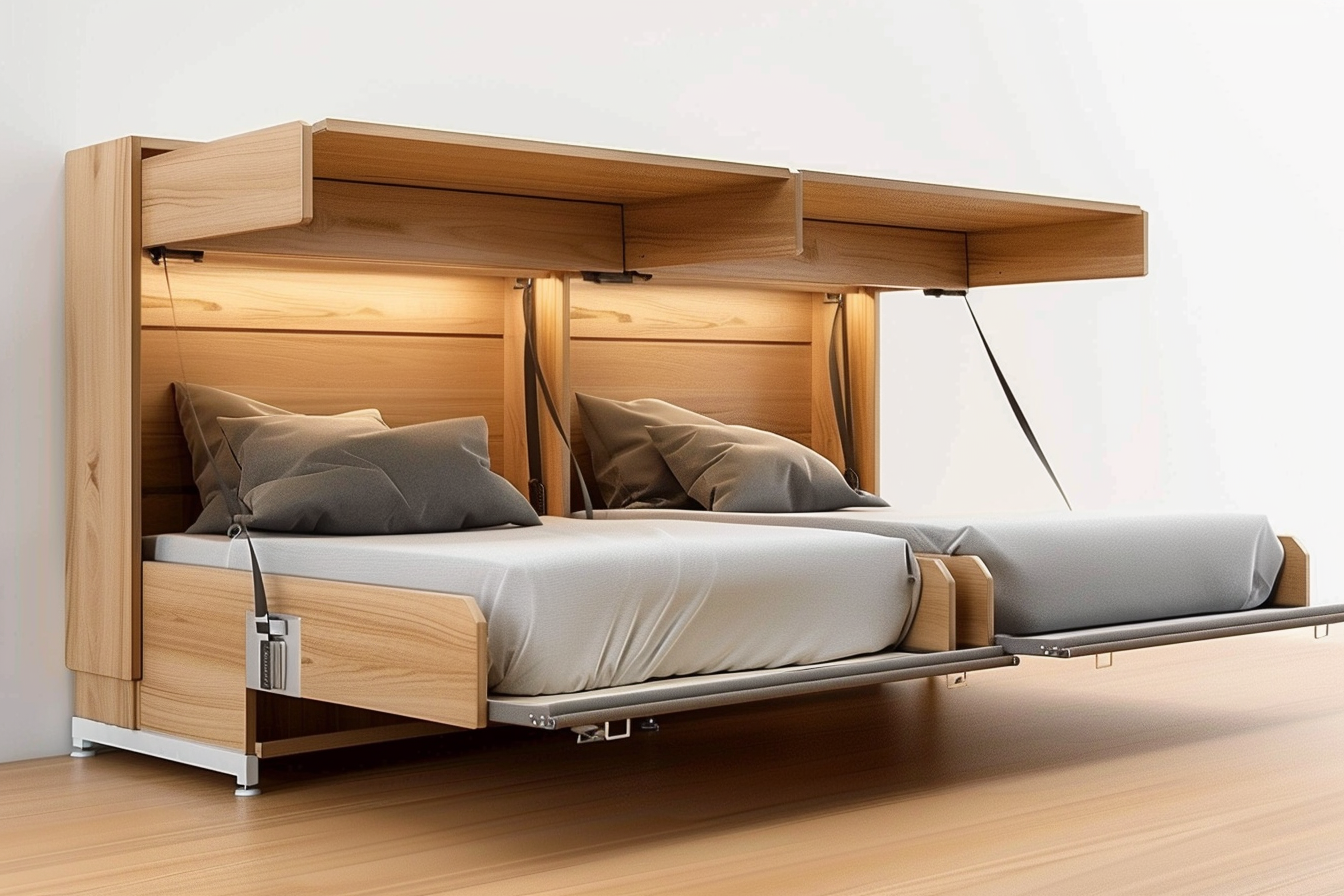New 2-Bed Senior Houses Designed for Accessibility and Comfort
Many new two-bedroom senior houses are designed specifically to support aging in place. Common features include step-free access, wider doorways, single-level layouts, low-maintenance exteriors, non-slip flooring, lever-style handles, strategically placed grab bars, accessible bathroom layouts, and easy-access outdoor spaces. These design choices prioritize safety, independence, and everyday convenience.

The growing demand for age-friendly housing has led to innovative residential designs that cater specifically to seniors’ evolving needs. These purpose-built homes represent a significant shift from traditional housing, incorporating features that support aging in place while maintaining independence and dignity.
What Makes These Senior Houses Different from Standard Homes?
Senior-specific housing incorporates universal design principles from the ground up, distinguishing them significantly from conventional residential properties. These homes feature single-story layouts to eliminate stair-related hazards, reinforced bathroom walls for future grab bar installation, and electrical outlets positioned higher than standard height to reduce bending. Kitchen countertops are designed at varying heights to accommodate different mobility levels, while cabinet hardware features easy-grip handles that work well for individuals with arthritis or limited hand strength.
The flooring throughout these homes typically consists of non-slip materials with minimal transitions between rooms, reducing trip hazards. Windows are positioned lower and equipped with easy-to-operate hardware, allowing residents to enjoy natural light and outdoor views without strain. Additionally, these homes often include pre-wired systems for medical alert devices and enhanced lighting controls throughout living spaces.
How Do Step-Free Entry and Wide Doorways Enhance Daily Living?
Step-free entrances eliminate one of the most common barriers seniors face when navigating their homes. These entrances typically feature gentle slopes or completely level thresholds, allowing easy access for wheelchairs, walkers, or individuals with mobility challenges. The design also benefits caregivers and family members who may need to assist with mobility devices or medical equipment.
Wide doorways, typically measuring 36 inches or more, provide comfortable passage for mobility aids while creating an open, spacious feeling throughout the home. This enhanced width proves particularly valuable in bathrooms and bedrooms, where maneuvering space is often limited in traditional homes. The wider passages also facilitate easier furniture movement and provide better access for emergency personnel if needed.
Why Is Low-Maintenance Design Essential for Daily Ease?
Low-maintenance design features significantly reduce the physical demands of homeownership for seniors. These homes often incorporate durable, easy-to-clean surfaces such as luxury vinyl plank flooring, quartz countertops, and high-quality paint finishes that resist scuffing and staining. Landscaping typically emphasizes native plants and automated irrigation systems, minimizing outdoor maintenance requirements.
Interior features include stain-resistant carpeting in bedrooms, tile surrounds in bathrooms that resist mold and mildew, and energy-efficient windows that require minimal cleaning. Many developments also offer maintenance services for exterior upkeep, allowing residents to focus on enjoying their homes rather than maintaining them.
What Safety Features Do Seniors Appreciate Most?
Safety features in senior housing extend beyond basic accessibility to create comprehensive protection systems. Bathroom safety elements include walk-in showers with built-in seating, non-slip flooring, and strategically placed grab bars near toilets and shower areas. Enhanced lighting systems feature motion sensors in hallways and bathrooms, reducing the risk of falls during nighttime navigation.
Security features often include video doorbells, keyless entry systems, and emergency communication devices connected to monitoring services. Many homes also incorporate smart home technology that can detect falls, monitor daily routines, and alert family members or caregivers to potential concerns. Fire safety measures typically exceed standard requirements, with enhanced smoke detection systems and easy-to-access emergency exits.
How Do Comfortable and Practical Layouts Improve Quality of Life?
Thoughtful floor plans in senior housing prioritize both comfort and functionality through strategic room placement and flow design. Master bedrooms are typically located near main bathrooms to minimize nighttime travel distances, while living areas feature open concepts that facilitate social interaction and easy navigation. Kitchen designs emphasize accessibility with pull-out drawers, lazy Susans in corner cabinets, and appliances positioned at comfortable heights.
Storage solutions are integrated throughout these homes, recognizing that seniors often downsize from larger properties but still need adequate space for belongings. Built-in organizers, walk-in closets with adjustable shelving, and easily accessible storage areas help residents maintain organized, clutter-free living spaces that support safe mobility.
| Housing Type | Average Monthly Cost | Key Features |
|---|---|---|
| Independent Living Community | $2,500-$4,500 | Maintenance included, social activities |
| Senior Apartment Complex | $1,200-$2,800 | Age-restricted, some accessibility features |
| Accessible Single-Family Home | $1,500-$3,500 | Private ownership, customizable features |
| Active Adult Community | $1,800-$4,000 | Recreational amenities, age 55+ |
Prices, rates, or cost estimates mentioned in this article are based on the latest available information but may change over time. Independent research is advised before making financial decisions.
The evolution of senior housing reflects a broader understanding of aging needs and preferences. These specialized homes provide environments where older adults can maintain independence while having access to features that support their changing physical capabilities. By incorporating accessibility, safety, and comfort into the fundamental design, these residences offer sustainable solutions for aging in place with dignity and peace of mind.




